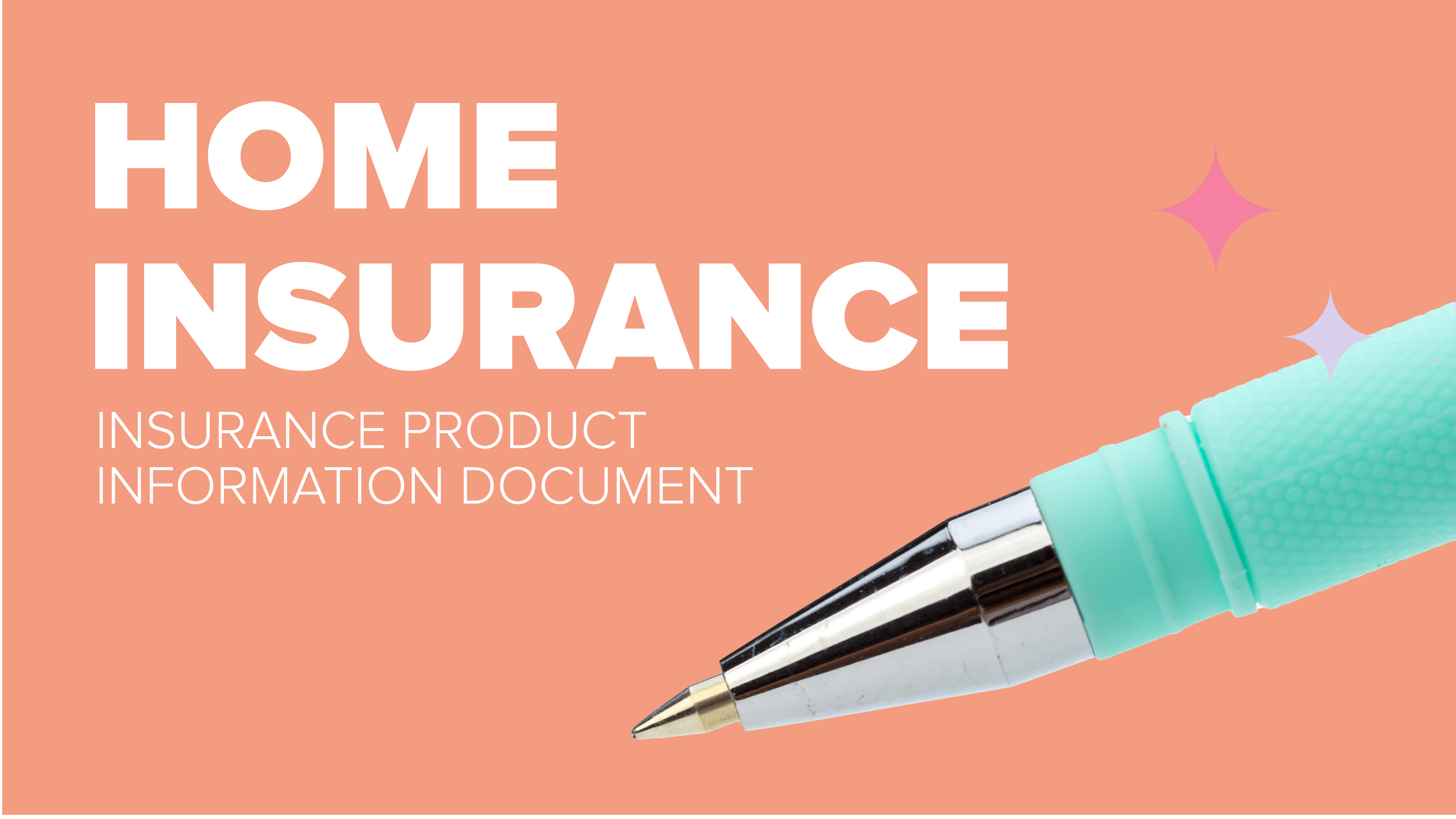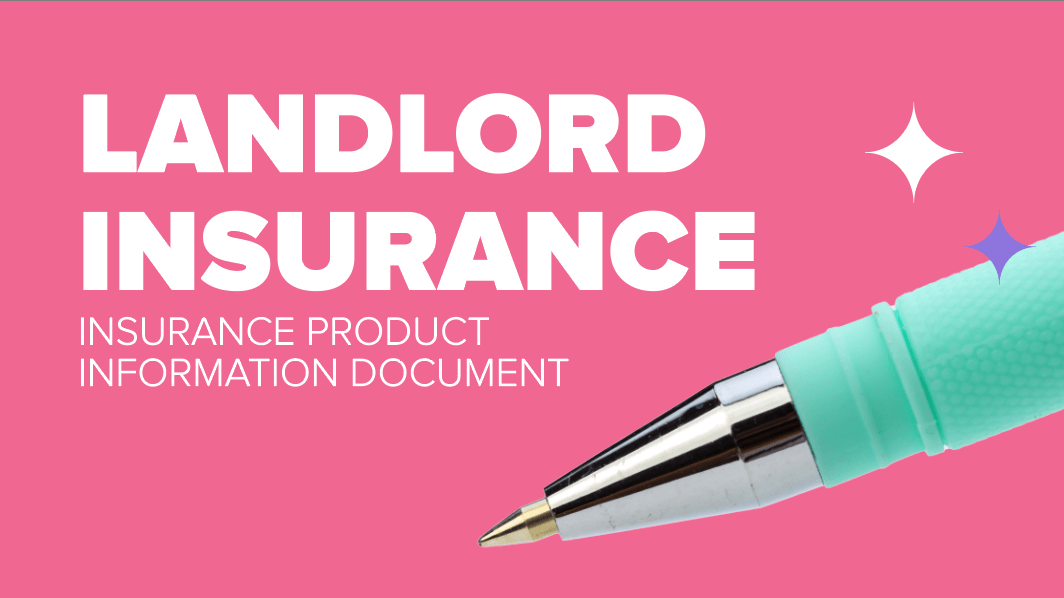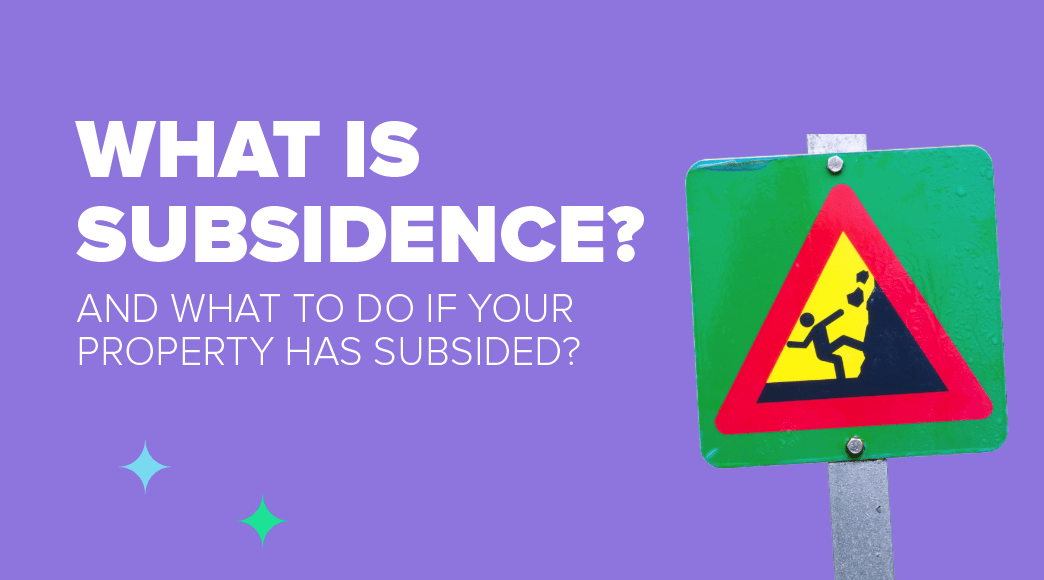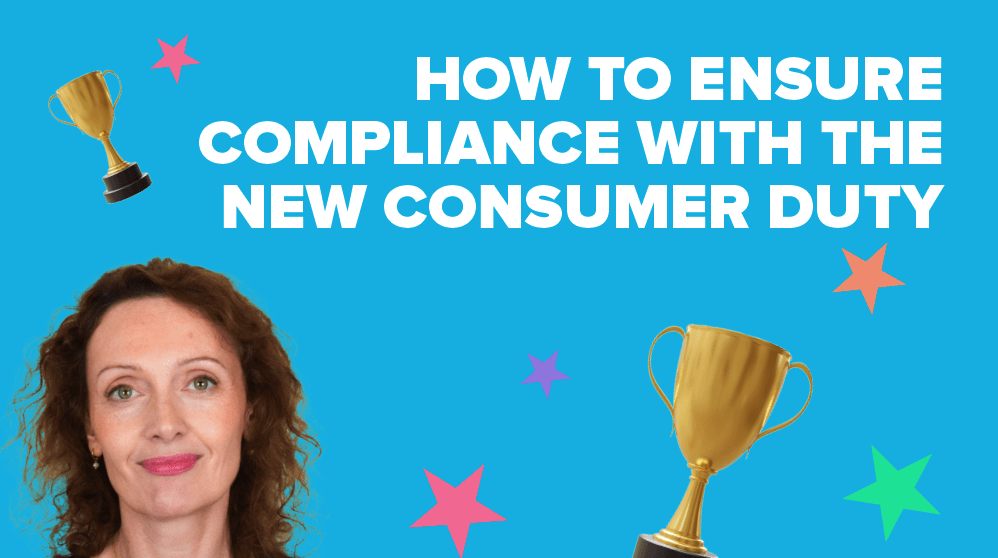Buildings and Contents insurance are two separate types of insurance. They protect different aspects of your home.
Buildings insurance covers the structure of your home and permanent fixtures, such as walls, roof, and flooring. It’s a mandatory requirement of a mortgage. Homeowners typically have to have this in place before they can buy a property.
Contents insurance covers possessions inside your home – typically things that you would take with you if you moved house. This includes furniture and electrical items, such as fridges and televisions. On some policies it includes likes of mobile phones and push-bikes. Contents insurance isn’t compulsory but can provide peace of mind and financial protection in the event of theft, damage, or loss.
Both types of insurance can provide valuable protection. But, it’s important to understand the differences and choose the coverage that best meets your needs.
Determining whether you need buildings or contents insurance, or both, depends on your specific needs. Here are a few factors to consider when deciding which type(s) of insurance to purchase:
Homeownership:
If you own your home, you will typically need buildings insurance to protect the structure of your home and permanent fixtures. If you rent your home, you may not need buildings insurance. However, you may still want to consider contents insurance to protect your personal belongings.
Mortgage:
If you have a mortgage on your home, your lender will require you to have buildings insurance.
Personal belongings:
Consider the value of the personal belongings in your home. Think of the expensive items in your home – jewellery, tech, artwork. You may want these items included in your contents insurance policy to protect them.
Ultimately, it’s important to carefully review the coverage limits and exclusions of any insurance policy before purchasing. This can ensure it meets your needs. It’s also a good idea to compare quotes from multiple insurers to find the best coverage at the most affordable price.
Uinsure automatically provides quotes from leading UK insurers who compete to offer you their best available price. This makes it easy for you to pick the cheapest.









